

Travelogue
Following Rizal in Dapitan
by Norman Bituin
In March 2024 I was in the Philippines for my wife's family reunion. When she took a few days to see Batanes with her girlfriends, I booked a flight to Dipolog, Zamboanga del Norte. In my previous travelogues in Spain and Germany, I had mentioned that I admire Dr. Jose Rizal and his legacy. I want to see the places where our national hero had lived.
When Rizal returned from Europe after the publication of his novels, "Noli Me Tangere" and "El Filibusterismo", that criticized Spanish colonial rule, he was arrested and exiled in Dapitan on July 17, 1892 allegedly due to his involvement in the Filipino nationalist movement. When he won P6,200 from the Manila Lottery, he bought 16 hectares of land in Talisay, a seaside village in Dapitan. He practiced medicine, established a school, engaged in farming and horticulture, and contributed to the development of the community. Rizal also continued his intellectual pursuits, conducting research in natural sciences, writing letters, and advocating for social reforms. He built a water system so that the people of Dapitan could have access to clean water. Four years later he sailed back to Manila where he was executed five months later by firing squad at Bagumbayan on December 30, 1896.
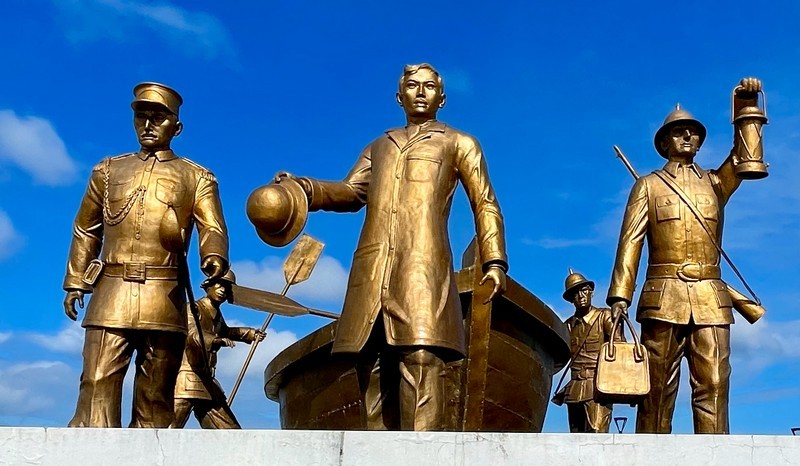
"Punto del Disembarco de Rizal" statue: after arriving at Santa Cruz beach on July 17, 1892, Rizal proceeded to the
Casa Real where he was presented to Don Ricardo
Carnicero, the Spanish Military Governor of Dapitan at that time.
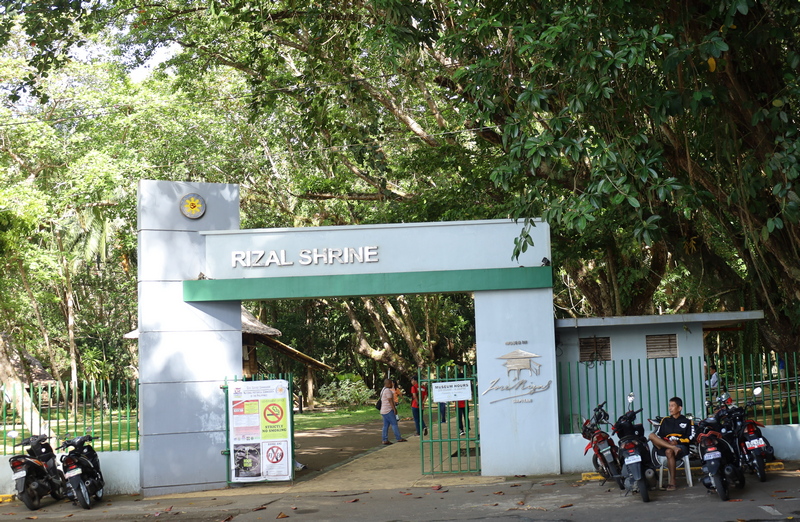
Rizal Shrine is open Tuesday-Sunday, 9AM-4PM. Close on Monday.
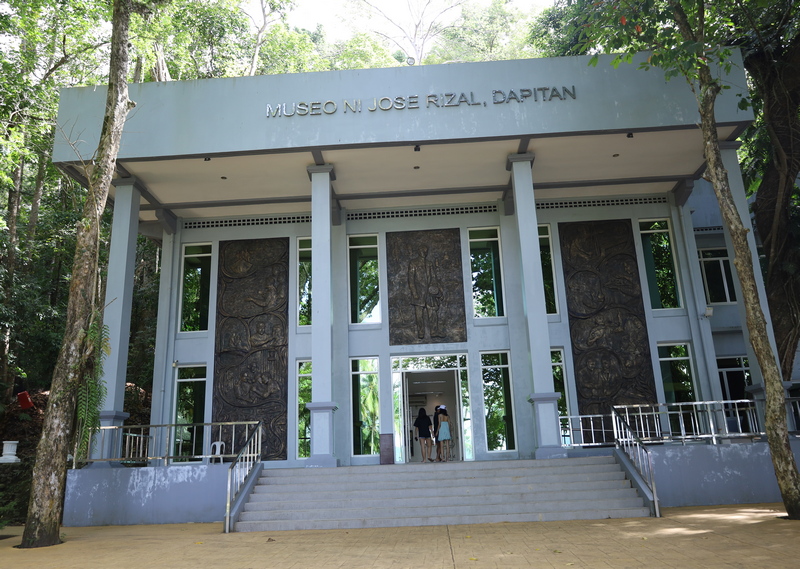
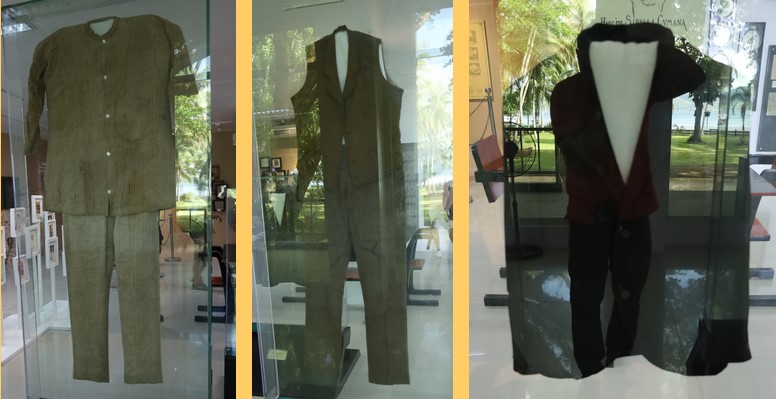

![]()
In a letter to his friend, Austrian educator Ferdinand
Blumentritt, on December 19, 1893, Rizal described his peaceful life in Dapitan.
"I shall tell you how we lived here. I have three houses - one square, another
hexagonal, and the third octagonal. All these houses are made of bamboo, wood,
and nipa. I live in the square house, together with my mother, my sister,
Trinidad, and my nephew. In the octagonal house live some young boys who are my
pupils. The hexagonal house is my barn where I keep my chickens.
"From my
house, I hear the murmur of a clear brook which comes from the high rocks. I see
the seashore where I keep two boats, which are called barotos here.
"I
have many fruit trees, such as mangoes, lanzones, guayabanos, baluno, nangka,
etc. I have rabbits, dogs, cats, and other animals.
"I rise early in the
morning at five - visit my plants, feed the chickens, awaken my people, and
prepare our breakfast. At half-past seven, we eat our breakfast, which consists
of tea, bread, cheese, sweets, and other things.
"After breakfast, I
treat the poor patients who come to my house. Then I dress and go to Dapitan in
my baroto. I am busy the whole morning, attending to my patients in town.
"At noon, I return home to Talisay for lunch. Then, from 2:00 to 4:00 p.m.,
I am busy as a teacher. I teach the young boys.
"I spend the rest of the
afternoon in farming. My pupils help me in watering the plants, pruning the
fruits, and planting many kinds of trees. We stop at 6:00 p.m. for the Angelus.
"I spend the night reading and writing."
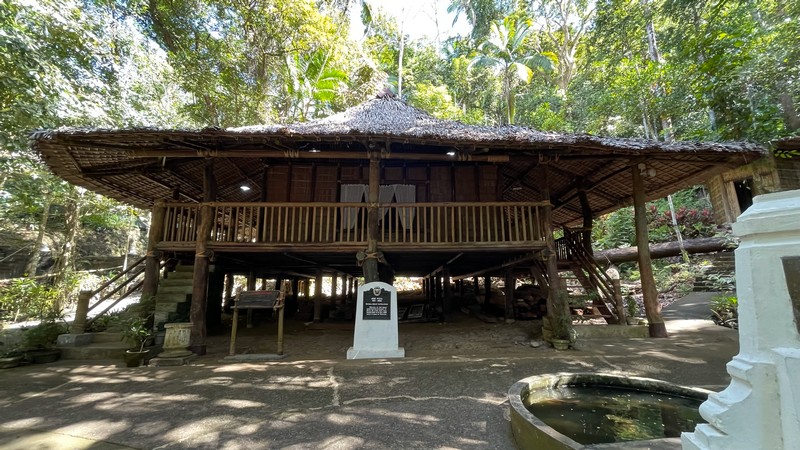
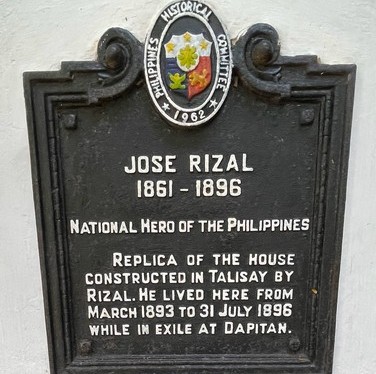
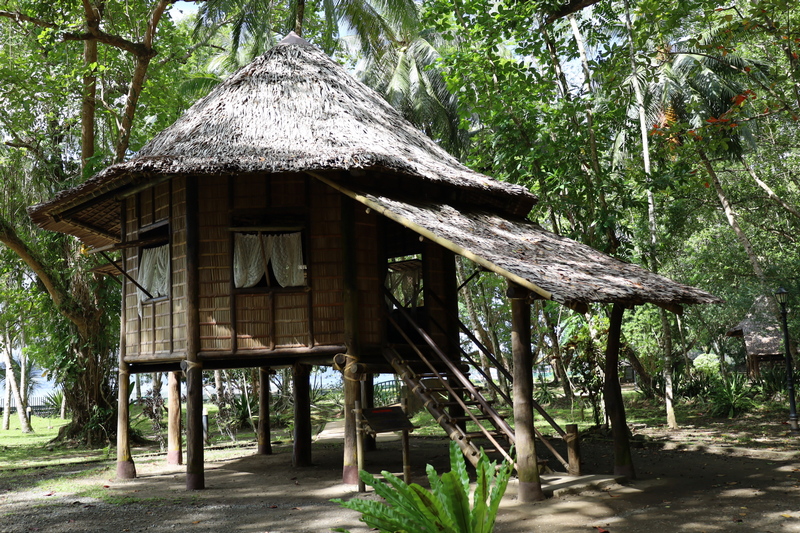
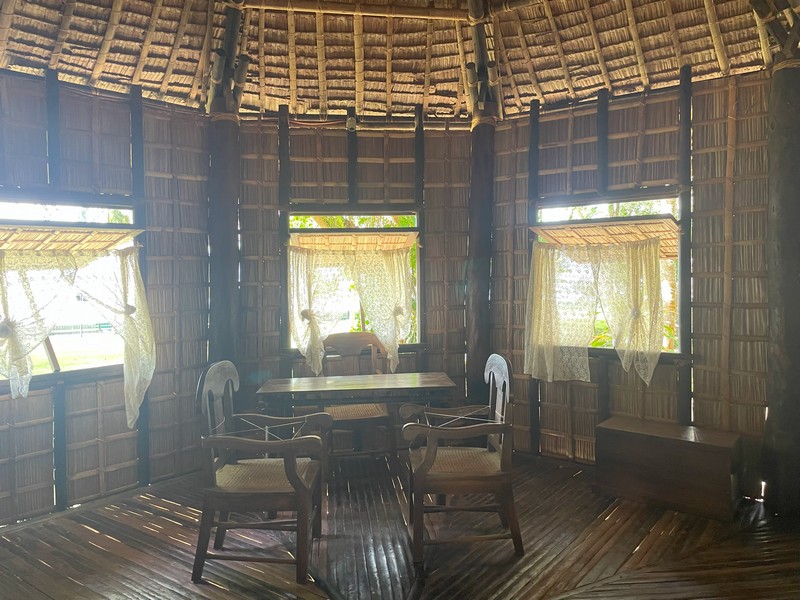
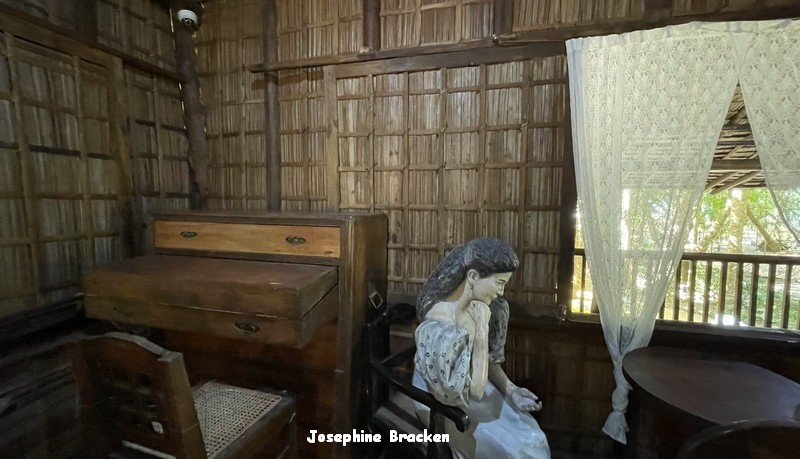
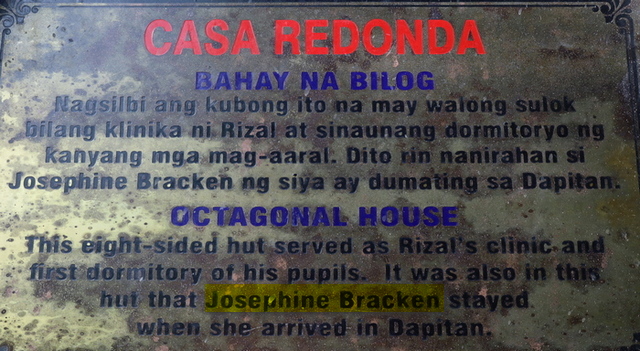
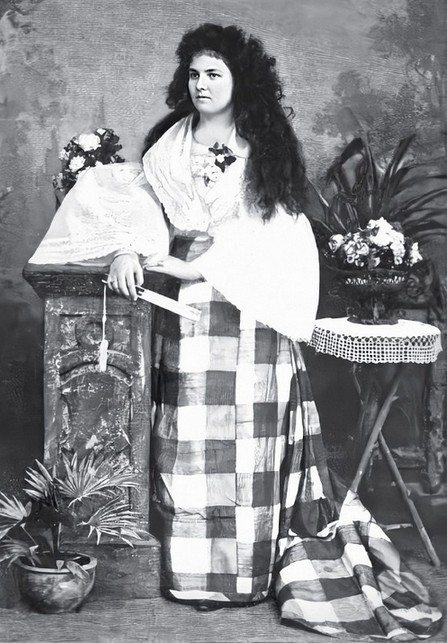
A studio portrait of Josephine Bracken in Filipino attire, 1896.
A short history (excerpted): On February 5, 1895, an 18-year old Irish girl, Josephine Bracken, took his adopted father George Taufer from Hong Kong (where Rizal practiced in opthalmology in 1891-92) to Dapitan to seek Rizal for eye treatment. They fell in love but because he was a Mason and she was a Catholic, the Bishop of Cebu did not give a dispensation. Rizal's family suggested a civil marriage and the union produced a son, named Francisco after his father, who died prematurely. After Rizal's execution, Josephine Bracken joined the Filipino revolutionaries in Cavite. She was a witness at the Tejeros Convention on March 22, 1897 that authorized the formation of a Revolutionary Government led by Gen. Emilio Aguinaldo. She tended to the sick and wounded soldiers, participated in battles and once led a charge in which she shot and killed a Spanish officer with her rifle. Later, Josephine Bracken lived in Cebu where the American colonial government employed her as a public school teacher. One of her students was Sergio Osmeña who became the second president of the Philippine Commonwealth. Back in Hong Kong, she married Vicente Abad, a Filipino mestizo from Cebu, in early 1900. The couple had a daughter, Dolores Abad y Bracken. Josephine Bracken, who suffered from tuberculosis, died on March 15, 1902 at the age of 25. She is buried at the Happy Valley Cemetery in Hong Kong.
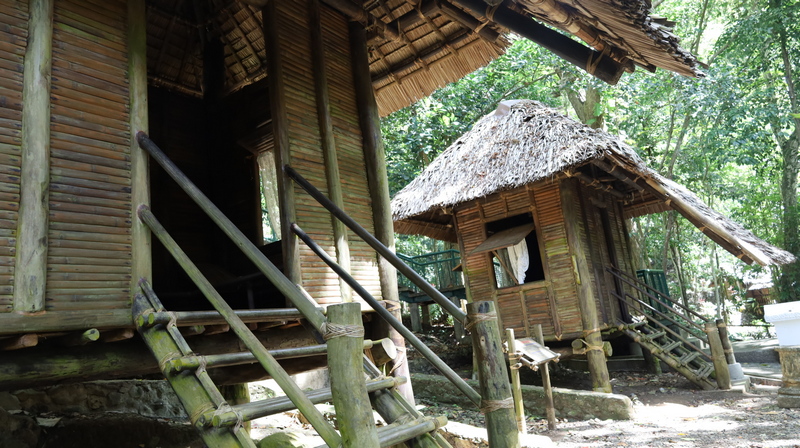
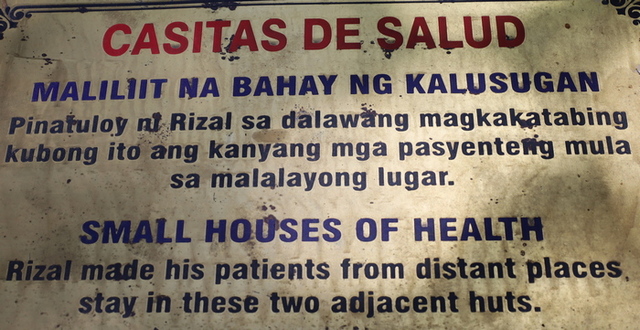
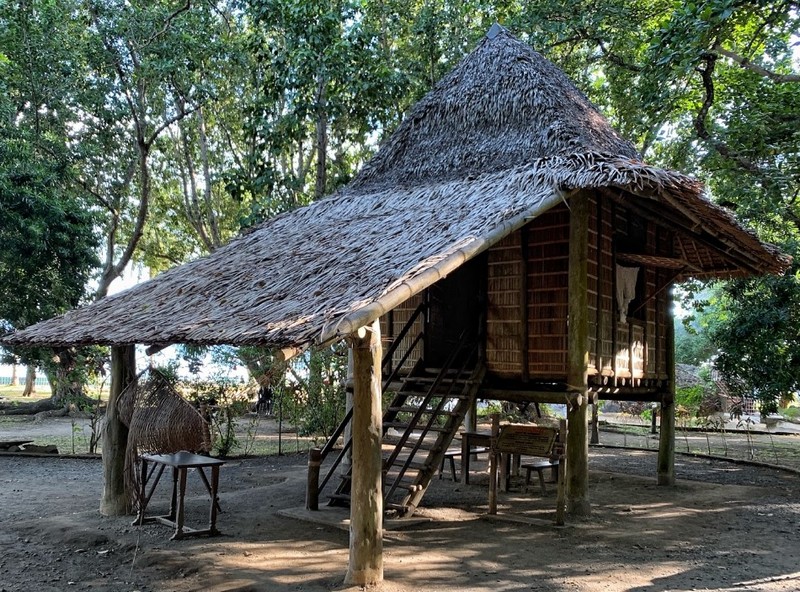
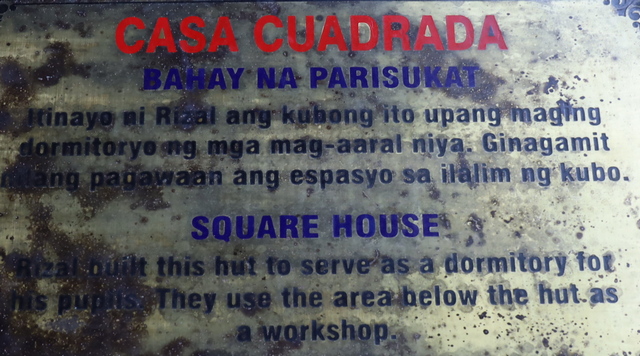
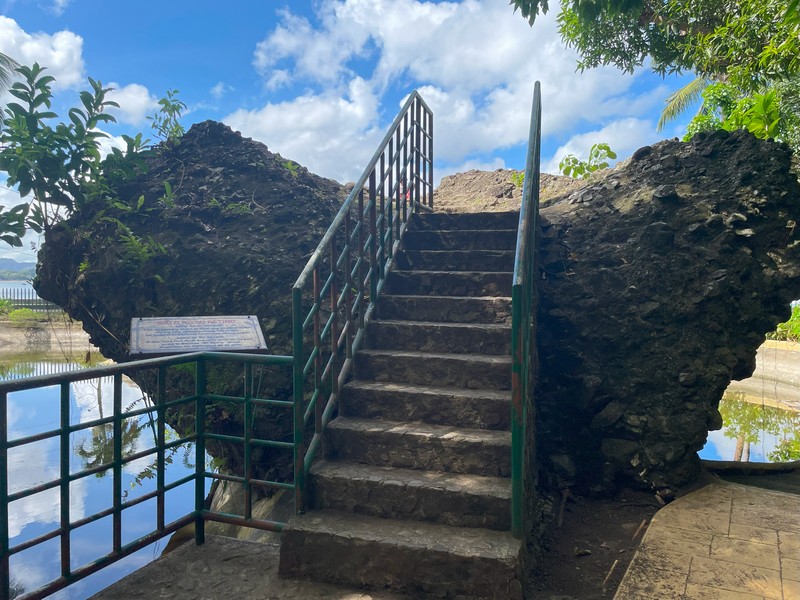
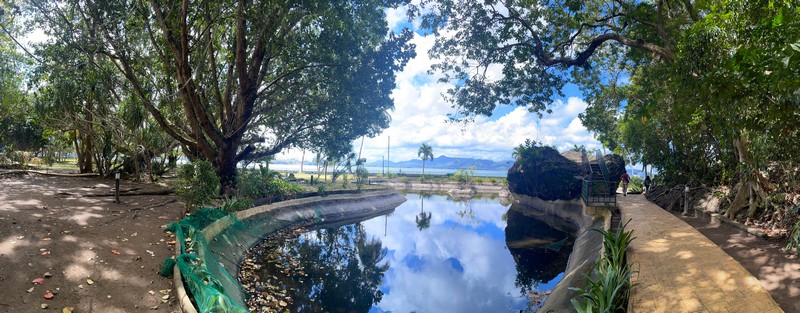
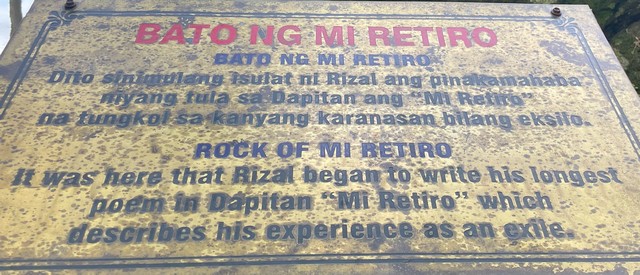
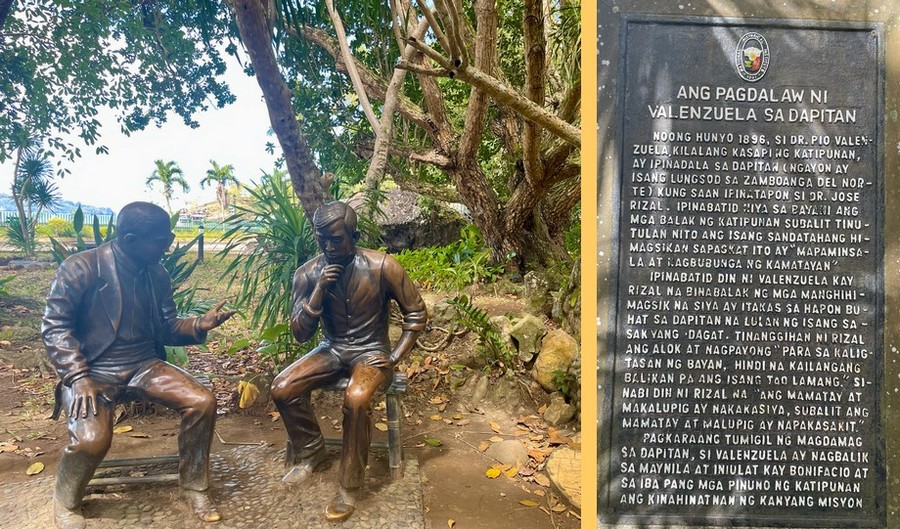
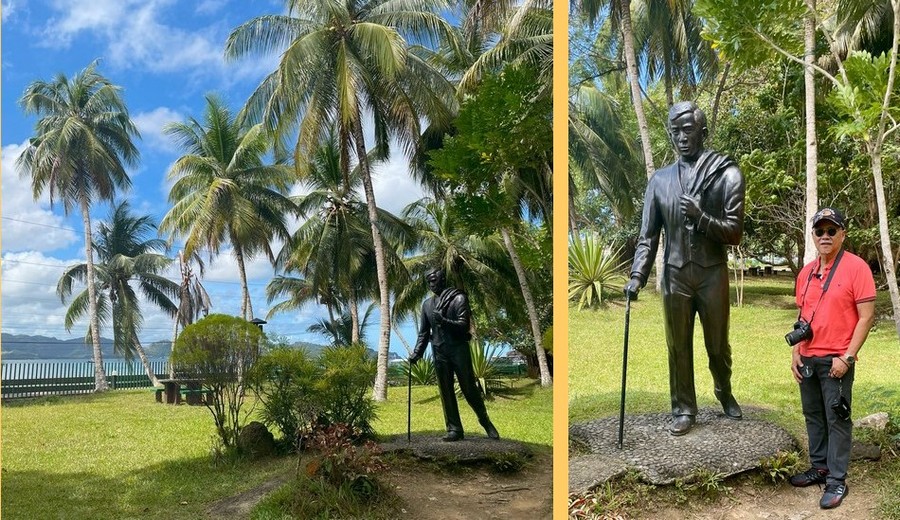
Following Rizal
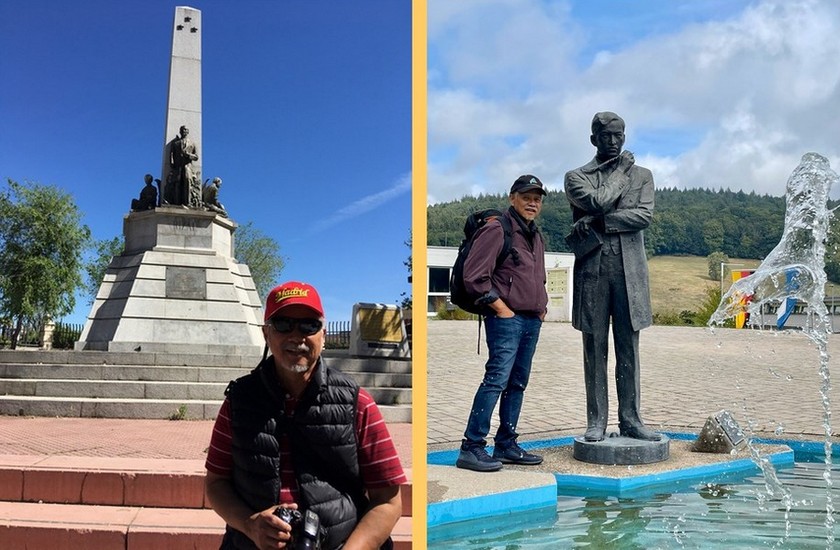
Madrid, Spain (in "Buen Camino", 2019). Wilhelmsfeld, Germany (in "Finding Rizal in Germany", 2022).
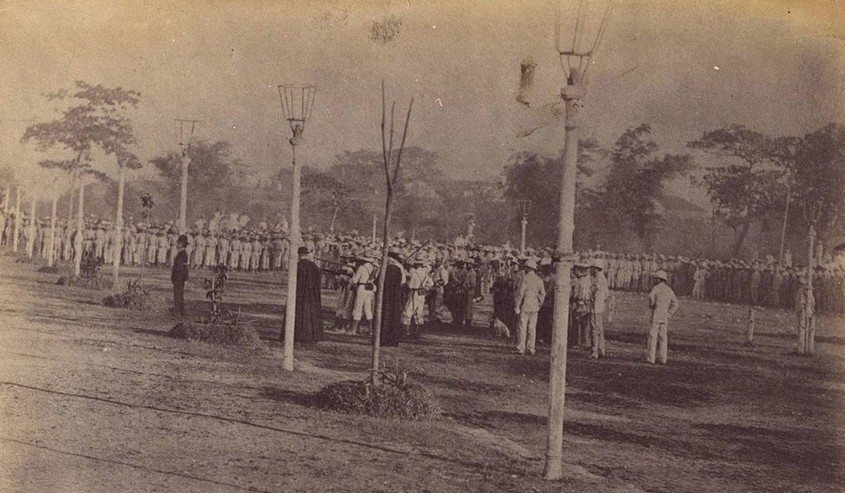
Dr. Jose Rizal's execution by firing squad at Bagumbayan, December 30, 1896. His last words: “Consummatum Est!”(It is finished!)
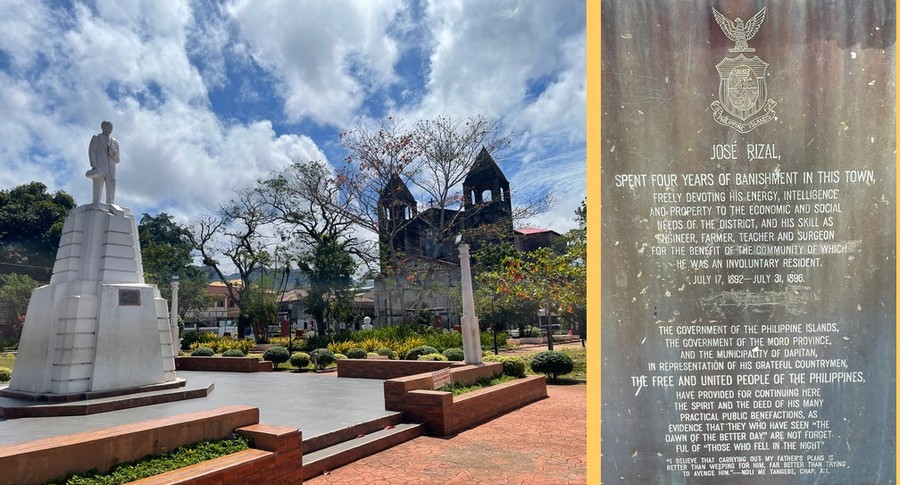
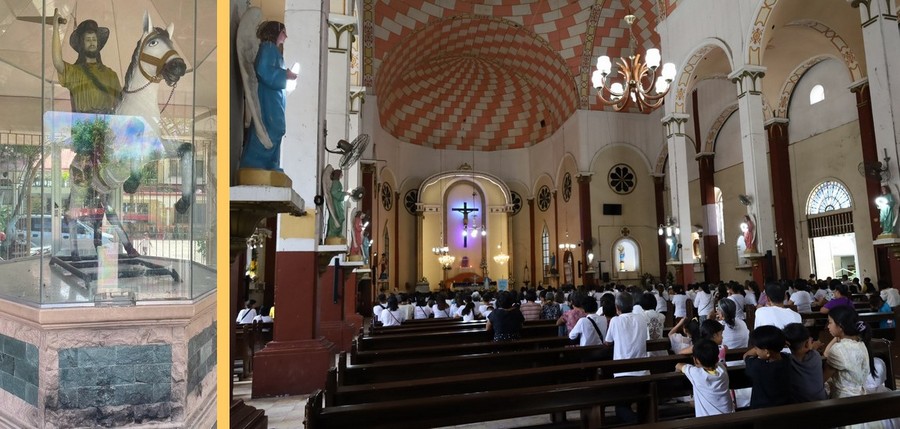
The Church of Dapitan was built by the Jesuits in 1871 in honor of St. James the Great, the patron Saint of Dapitan.
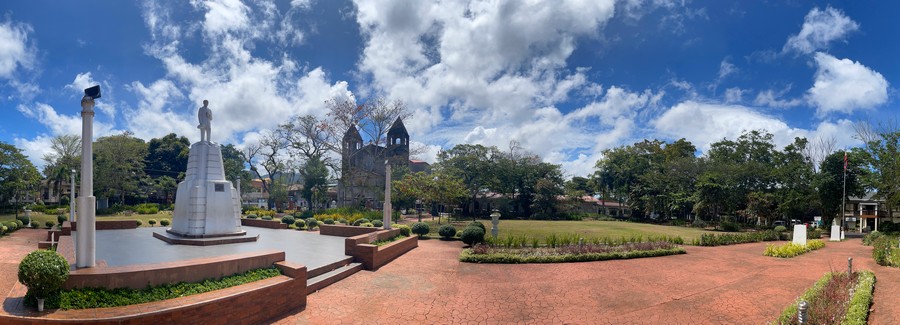
Beautiful Dapitan Church and Plaza